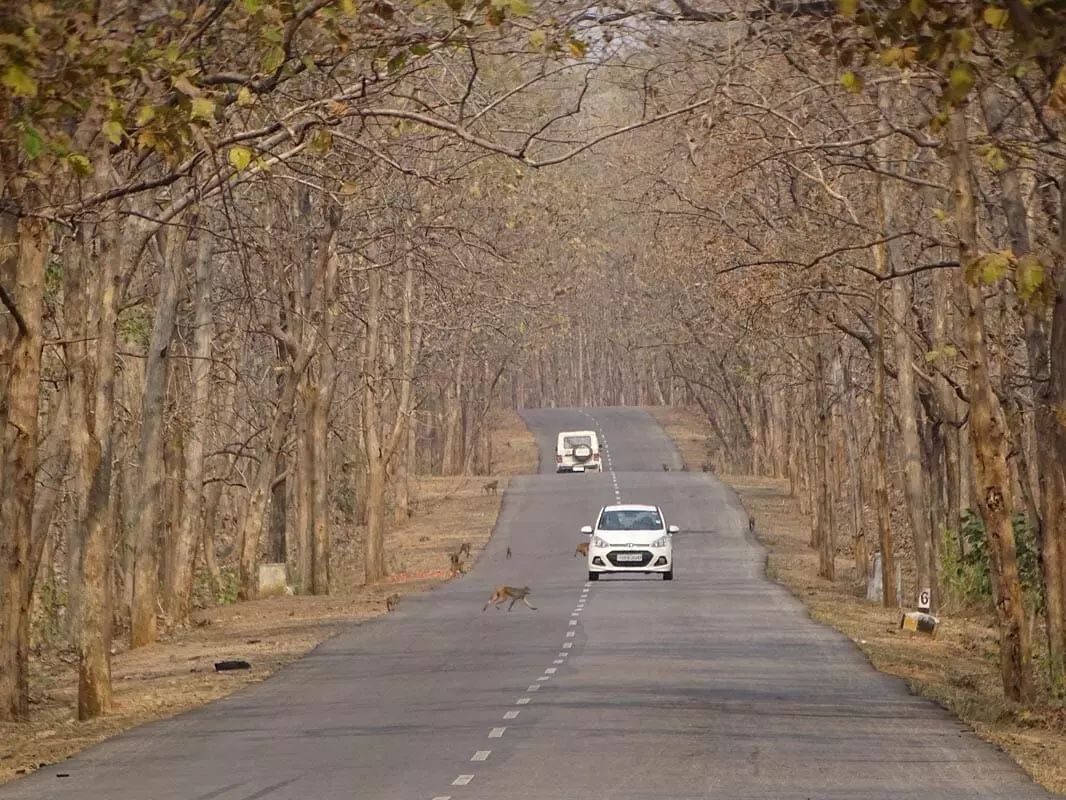Adilabad forests spring back to life after the first monsoon showers
The dry deciduous forests in the central highlands of unified Adilabad are in fact never completely dry thanks to the fabulous range of tree species
By S. Harpal Singh
Adilabad: When one witnesses forest-dwelling tribal farmers vigorously and hurriedly ploughing furrows in their fields in the interior parts of the erstwhile united Adilabad district it means it will rain soon.
The ethnic people have their own methods of forecasting rains based on centuries of observation of nature. Nature’s signals start at the end of the summer season, towards the end of May.
This is also a transition for nature as the forest turns into a soothing green from the grey-brown of the dry weather. It also signals that birds and wild animals are going to have food aplenty in the rainy season.
The beauty of dry deciduous forests of Adilabad
The dry deciduous forests in the central highlands of unified Adilabad are in fact never completely dry thanks to the fabulous range of tree species and local biodiversity. Among the most common tree species that turn green even in the hottest phase of summer are the neem and the mango.
There are also some local species of trees which enter the leafing stage of their annual cycle at the beginning of the rainy season. The tender leaves exhibit different colours which helps the forest look picturesque.
Nevertheless, it is at the start of the rainy season that the place dons the aura of nature’s haven. If you are driving through the place, the best stretch would be the 30 km-long road connecting Utnoor in Adilabad district with the Y-junction on the Nirmal-Mancherial road.
The stretch falls within the Kawal Tiger Reserve and a good part of the road is covered with arches formed by trees. There is also a fair chance for the visitor to sight wild animals crossing the road.
Habitations among the green
The all-pervading greenery also transforms the visage of habitations that lie sprinkled within the expansive forest. The villages that line up the road connecting Hatti with the historic Jodeghat village in Kerameri mandal in Kumram Bheem Asifabad district is a case in point.
The area immediately surrounding any given village along the 22 km long looks pleasantly idyllic, to say the least. A cloak of silence invariably envelops these villages as the aboriginal people prefer peace, especially in the farming season.
On a clear day during the monsoon, the skies turn deep blue and the passing white fluffy clouds make a myriad of images. The blue skies also denote the absence of pollution which is reason enough to visit the countryside, preferably in places like Adilabad.